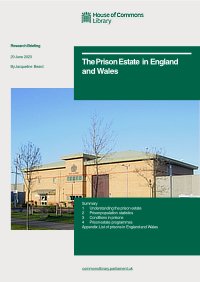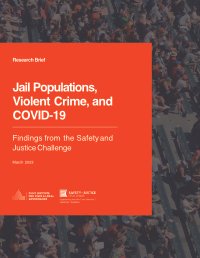By Tony Kirk, The HM Inspectorate of Probation (UK)
The vision of HM Prison and Probation Service (HMPPS)’s Offender Management in Custody model is that ‘everyone in prison should have the opportunity to transform their lives by using their time in custody constructively to reduce their risk of harm and reoffending; to plan their resettlement; and to improve their prospects of becoming a safe, law-abiding and valuable member of society’. Our joint thematic inspection of OMiC pre-release found that OMiC was not working as intended. Part two of this thematic inspection focused on outcomes for prisoners after they are released. Inspectors considered how practitioners assessed, planned and reviewed the work required to support successful resettlement. We also considered the extent to which key outcomes were achieved when an individual was released from prison, including whether they secured settled accommodation and education, training and employment.
Manchester, HM Inspectorate of Probation2023. 39p.





















